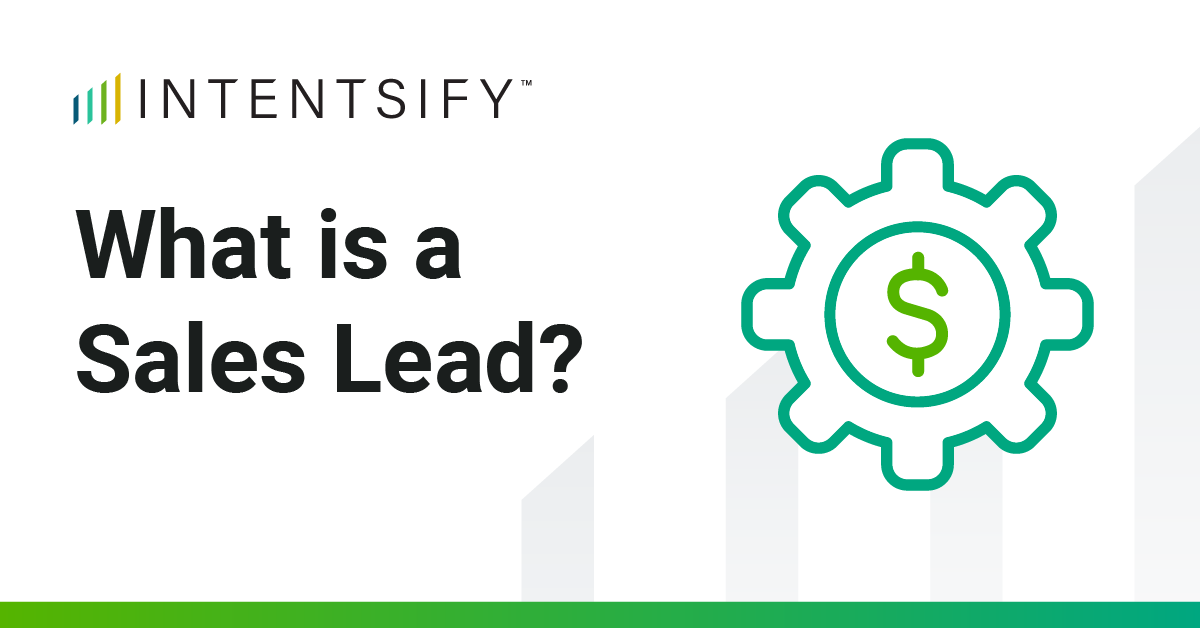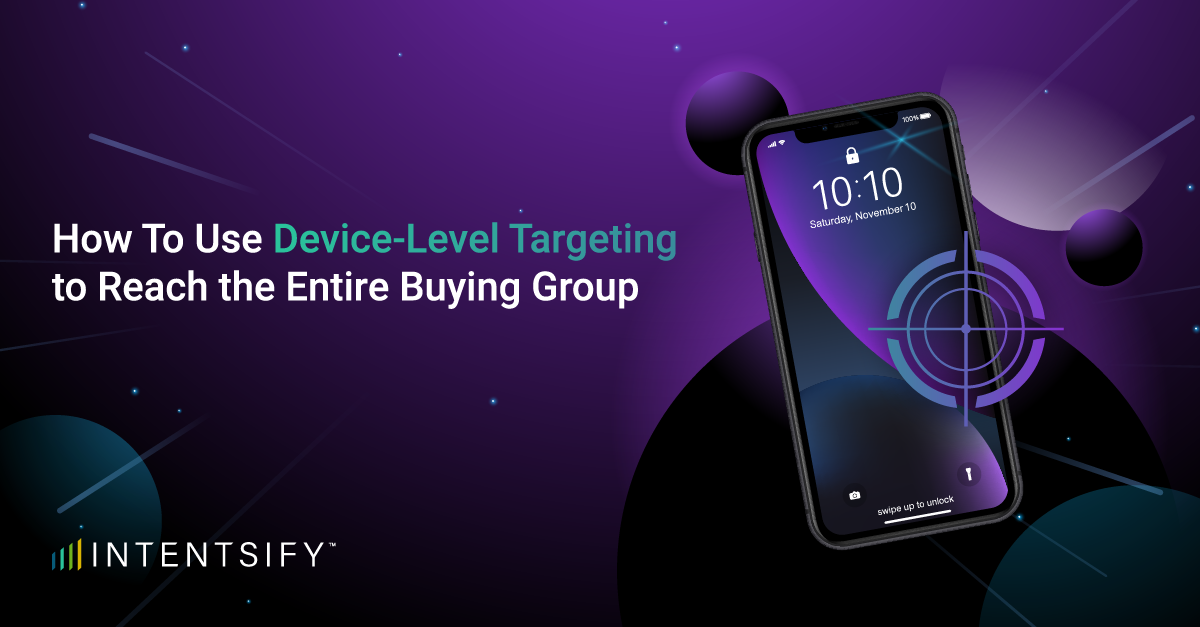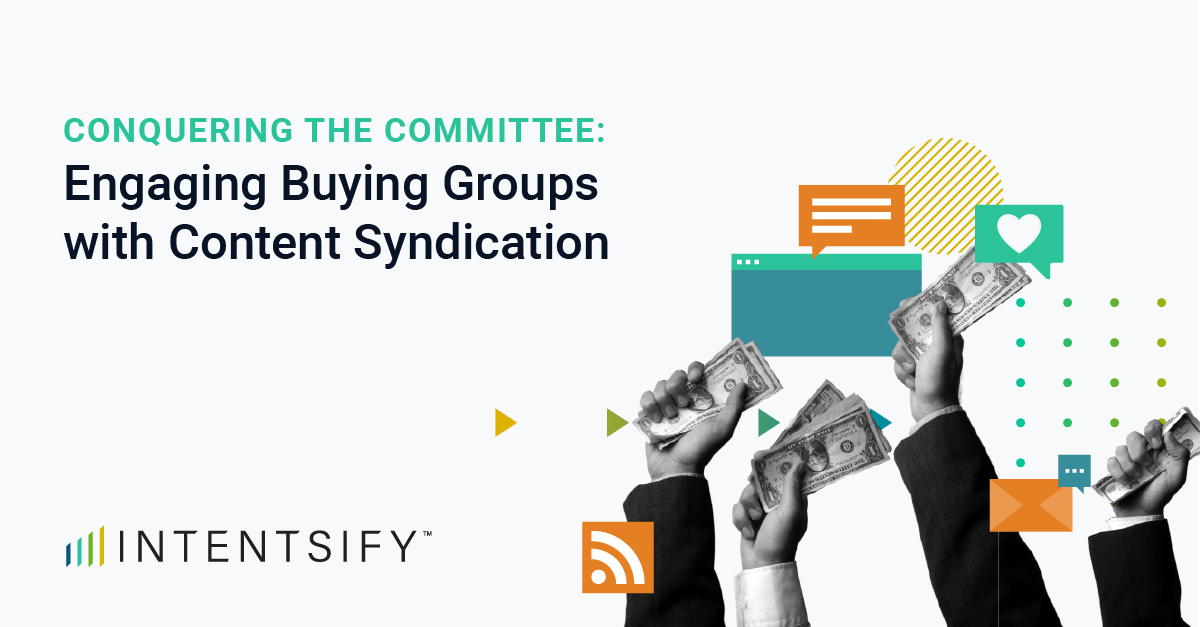You hear the term sales leads a lot. But what exactly is it, why is it important, how do you generate high-quality leads, and how can you turn them into customers cost-effectively?
A sales lead is an individual or organization that has expressed interest in your products or services. You may generate leads through marketing and sales efforts like online inquiries, content downloads, event registrations, and referrals. Identifying sales leads helps you focus resources on those genuinely interested in your offerings. A steady flow of leads into your pipeline enables accurate forecasting and supports strategic planning.
As sales leads progress down the pipeline, they become prospects, then opportunities:
- Leads are initial contacts who have shown interest in your solution. However, their potential to become customers is not qualified.
- Prospects are qualified leads. They fit the ideal customer profile, show sufficient interest, and are likely to engage in meaningful sales conversations.
- Opportunities are prospects who have advanced in the sales funnel and are actively considering a deal.
Let’s examine the key steps and strategies to generate high-quality leads and convert them into customers.
Engage Different Types of Sales Leads
Understanding the different types of sales leads helps you implement the right approach to engage them:
- Cold leads have no prior interactions with or minimal awareness of your brand. Engage them with personalized cold outreach and use an omnichannel strategy to build awareness.
- Warm leads have engaged with your brand but need additional information. Provide personalized content to educate them about your solution and follow up to keep them engaged.
- Hot leads have high purchase intent and are ready for sales engagement. Perform sales outreach promptly to maintain momentum and personalize the conversations to address their priorities.
- Information Qualified Leads (IQL) are in the early stages of the buyer’s journey. Provide educational content and capture their information with lead magnets.
- Marketing Qualified Leads (MQLs) have engaged with your brand but require further nurturing. Prioritize high-value MQLs with lead scoring and deliver personalized content to align your solution with their interests.
- Sales Qualified Leads (SQLs) meet the criteria for direct sales engagement. Use a customer relationships management (CRM) system to facilitate smooth marketing-to-sales handoff.
- Product Qualified Leads (PQLs) have used your products (e.g., free trial) and shown interest in upgrading. Demonstrate the additional value of your premium features to drive revenue through upselling.
- Business-to-business (B2B) leads often involve long sales cycles, multiple decision-makers, and larger deal sizes. You may drive conversions with relationship-building and consultative selling.
- Business-to-consumer (B2C) leads typically involve shorter sales cycles and individual decision-makers. Your messaging should emphasize emotional appeal, convenience, and immediate value.
Grow Your Pipeline with Lead Generation Strategies
Attracting high-quality leads helps maximize the ROI of your sales and marketing strategy. Here are the top methods to use:
Inbound Marketing
This methodology uses content marketing, search engine optimization (SEO), and social media to “pull” in leads by offering valuable content and experiences to address their needs and interests.
Outbound Marketing
Outbound tactics use proactive efforts to reach potential leads through direct communication. These may include cold-calling, email outreach, and direct mail.
Referral Programs
This strategy leverages existing customers to help bring in new leads. Word-of-mouth marketing accelerates trust-building and lowers the cost of customer acquisition.
Networking
Networking allows businesses to connect with potential leads through personal interactions. For example, you may share insights to build trust in industry events or online communities.
Partnerships and Alliances
This method helps expand your reach, access new audiences, and build credibility by associating with trusted partners sharing a similar target audience.
Digital Advertising
Pay-per-click (PPC), social media, and retargeting ads provide a fast and measurable way to attract leads with high-purchase intent through targeted campaigns and tailored messaging.
Boost ROI with a Lead Qualification Process
A robust lead qualification process ensures the sales team focuses on prospects with the highest potential to convert. It helps optimize resources, streamline the sales process, align marketing and sales, and improve conversion rates. You may qualify leads with these methods:
- The BANT Framework evaluates leads based on their budget, authority (i.e., decision-making power), need, and timeline.
- The CHAMP Framework examines a prospect’s challenges, authority, money (i.e., budget), and priorities.
- ANUM (Authority, Need, Urgency, Money) Framework emphasizes engagement with decision-makers and the urgency of their needs.
A lead scoring system ranks leads using these frameworks. It assigns scores based on the criteria and qualifies prospects for sales handoff. You may also implement automated lead-scoring tools to gain instant insights into lead quality and leverage AI analytics to eliminate human errors and delays.
Accelerate Your Pipeline with Lead Nurturing Techniques
After collecting contact information, you must nurture relationships and guide leads down the sales funnel. You may leverage personalized email campaigns to address individual audience segments’ concerns and priorities or share educational content via blog posts, webinars, white papers, e-books, etc., to build trust and authority.
Additionally, you may engage sales leads through social media platforms and build rapport over time. Use retargeting ads to keep your brand top-of-mind as leads progress through the buyer’s journey. Also, keep your brand visible with consistent follow-ups and implement a customer relationships management (CRM) system to help personalize communications.
Implement Tools and Technologies for Lead Management
These marketing technologies and platforms are essential for generating and nurturing leads at scale:
- Customer relationship management (CRM) systems help you track leads, manage pipelines, automate follow-ups, and generate lead performance reports.
- Marketing automation platforms streamline lead nurturing, allowing you to run omnichannel campaigns, collect and analyze data, and deliver personalized interactions.
- Lead scoring tools help prioritize leads by evaluating their likelihood to convert based on pre-defined criteria so that you can focus sales efforts on high-quality leads.
- Analytics and reporting tools provide insights into lead management performance, helping teams optimize strategies and improve resource allocation.
- Sales engagement platforms boost productivity through automated workflows and facilitate streamlined and personalized outreach.
Overcome Challenges in Lead Management
Low-quality leads divert your resources, and data silos across departments prevent teams from gaining a unified view of their pipelines. Unclear lead scoring criteria may hinder teams from identifying high-priority leads, causing delayed or inconsistent follow-ups. Meanwhile, misalignment between sales and marketing may result in leads falling through the cracks.
You should use lead-scoring frameworks and automation tools to standardize and streamline the lead qualification process. Implement a centralized data management system to eliminate fragmented data and improve pipeline visibility. Also, establish a consistent follow-up cadence and align sales and marketing teams with shared goals, collaboration tools, regular communications, and feedback loops.
Follow Effective Lead Management Best Practices
Implement the right processes and technologies to maintain data quality and accuracy. Provide ongoing training for your sales team to interpret lead-scoring data accurately and prioritize outreach effectively. Also, ensure prompt and appropriate follow-ups with tailored messaging to deliver a personalized experience.
Monitor KPIs and adjust your lead generation and management strategies to allocate resources where they yield the highest ROI. Additionally, align sales and marketing efforts to enhance lead quality and deliver a seamless customer experience along the buyer’s journey to build trust and drive conversions.
Leverage Intentsify’s solutions and AI-powered intent data to identify high-quality sales leads from in-market accounts. Our content syndication programs and intent-activated ad solutions match your branded content with prospects actively researching solutions like yours to fill your pipeline and accelerate revenue growth.
Stay Current with Lead Generation and Management Trends
AI and machine learning technologies help streamline and personalize the lead generation process. For example, predictive scoring prioritizes efforts, machine learning algorithms tailor content and outreach based on lead behavior and preferences, and AI automation can trigger follow-ups based on lead interactions.
Buyers are increasingly expecting personalized interactions, omni-channel engagement, and instant communications. Meanwhile, organizations must comply with data privacy regulations through consent management, data minimization, and data security best practices to protect customer data and build trust.
Additionally, advanced analytics tools are table stakes. You may consider implementing behavioral analytics, attribution models, real-time reporting, customer journey mapping, and predictive analytics to stay current with customer preferences, understand market trends, and identify new engagement opportunities.
Key Takeaways: Augment Lead Generations with the Right Strategies and Technologies
Effective lead generation requires a good understanding of your audience and a sound strategy using various channels and methods. You must support lead generation with a lead qualification process and lead nurturing techniques to identify high-quality leads and turn them into prospects and customers.
Besides aligning sales and marketing, you should empower your teams with the right tools and technologies. Lastly, attracting leads and building relationships boil down to meeting customer expectations, so staying current with market shifts is key to growing your pipeline.






